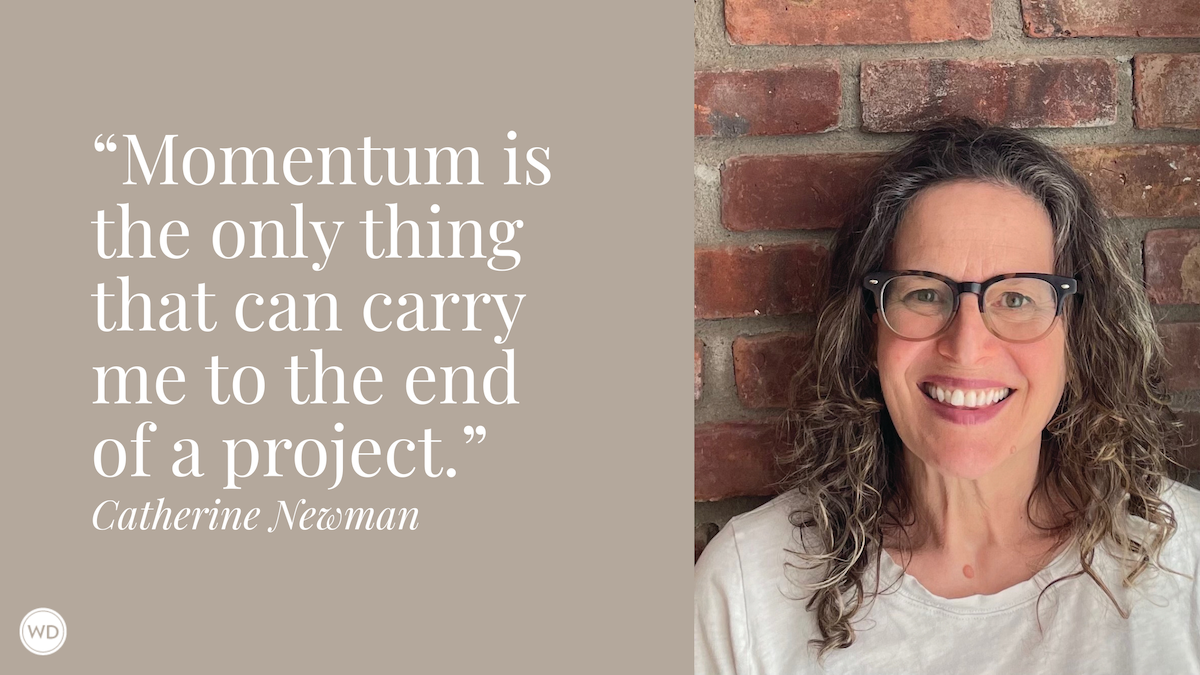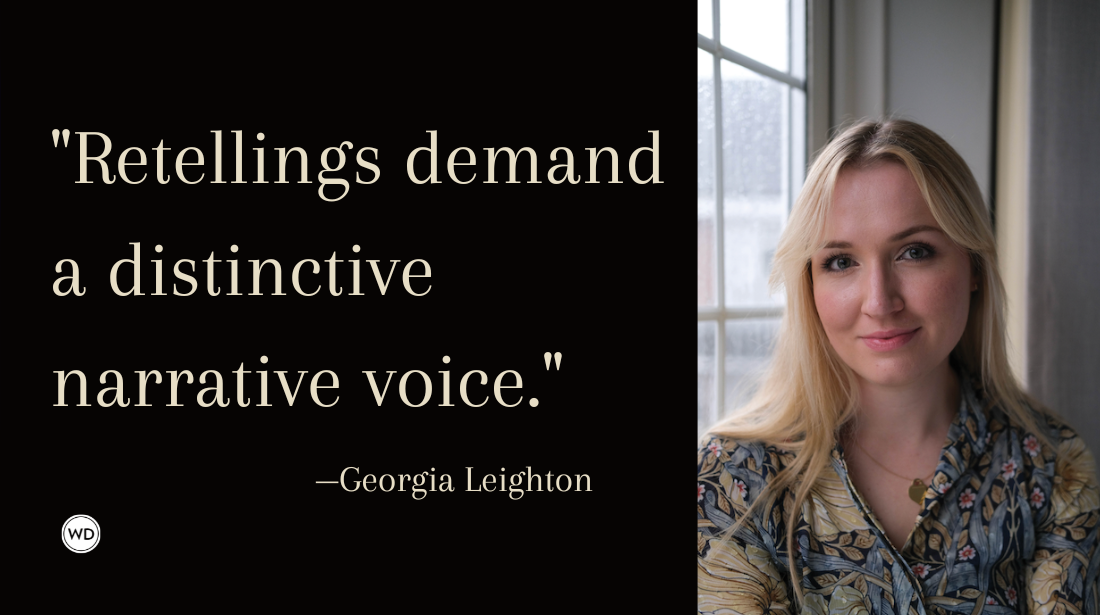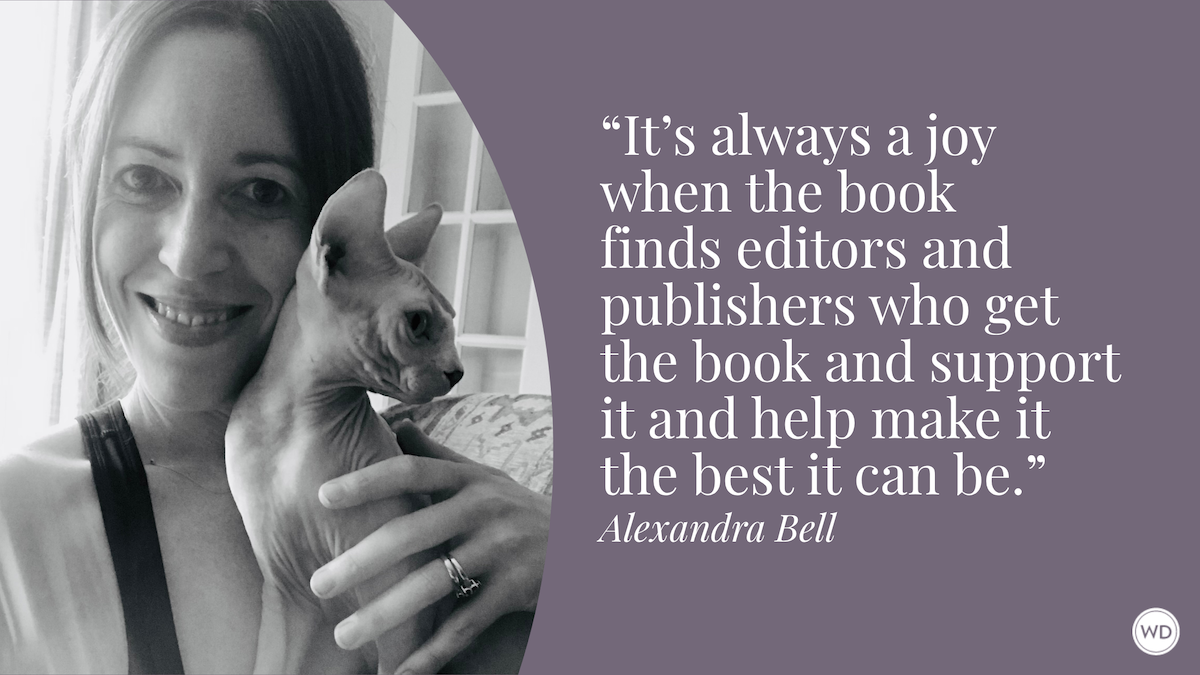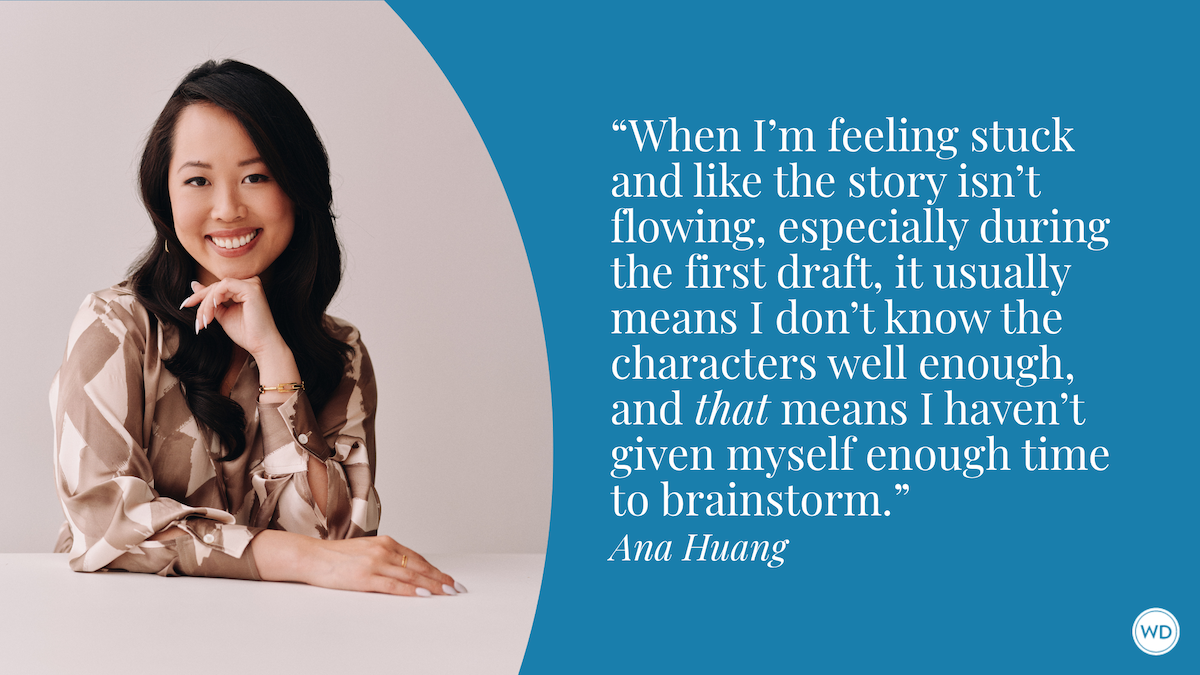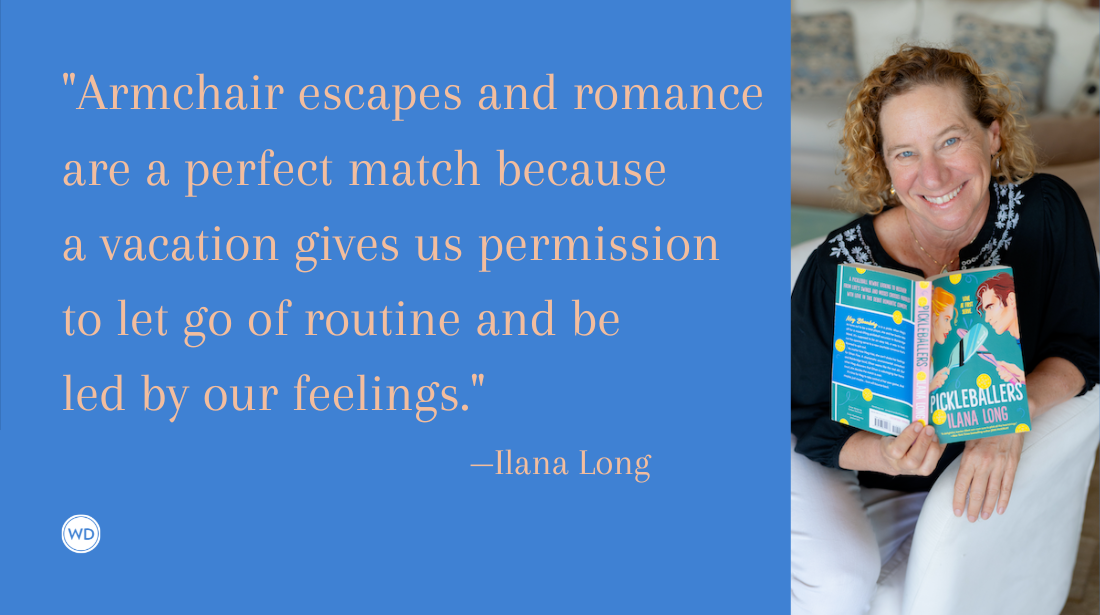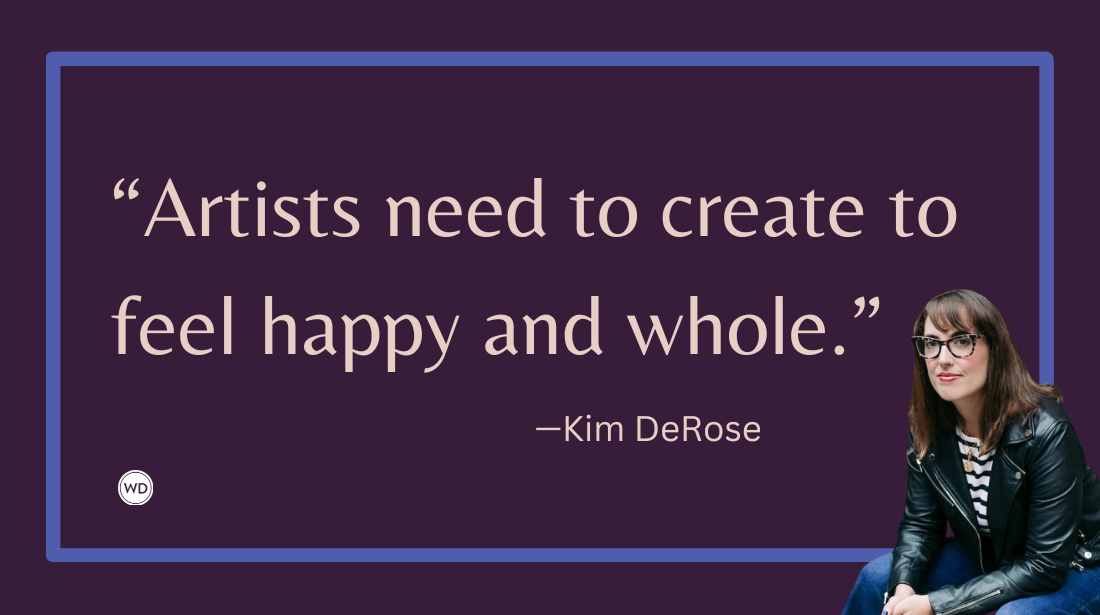5 Things Novelists Can Learn From Screenwriters
Life of Pi Academy Award nominee David Magee shares his insights and tips.
David Magee didn’t learn to write his Academy Award–nominated screenplays Finding Neverland and Life of Pi in a classroom. He never cared much for screenwriting books or workshops, and what writing he did in his younger days—random scenes or script ideas he scribbled in personal journals—he hardly showed anyone. In fact, he didn’t learn to write from the movies at all. He learned by reading novels—and tearing them to pieces.
Originally an aspiring actor, Magee took a job reading audiobooks to make ends meet, a job that required him to first read the full novels, and then their “horrible” abridgements. Despite his shyness with his writing, he couldn’t help telling his producer what might have been the most important sentence of his career: “I could do better than this.”
—by Scott Atkinson
He was given a shot—and over the next five years he abridged more than 80 novels for audio.
“I really learned the craft of focusing the writing on the dialogue, what an actor could convey, turning back stage and set descriptions to the bare minimum so we could get on with the story. These are all things that are incredible training for someone who is looking to become a screenwriter.”
He found himself learning to be a screenwriter, yes, but more important, he found himself learning to become a storyteller. And it turns out there’s a lot the screenwriter who got his start reading stories—and stripping them to their essence—can give back to novelists.
1. Your novel is probably too long.
After first abridging books and later adapting them for screen, Magee has come to the conclusion that most books could be “wonderful” at three-quarters their published length.
“There are craftsman where every word on the page counts,” Magee admits. “But a lot of books that I read, I see these setting descriptions going on forever and not contributing to a greater understanding of the characters or the story.”
Magee learned to be “ruthless” with his own writing by first being a ruthless abridger. So if you’re having trouble killing your own darlings, you might do well to head to your local used bookstore and buy a thick, beat-up paperback. Then buy a red pen.
2. A story can be built in scenes.
Some novelists start on Page 1 and knock out a daily word count until they type “The End.” But if that doesn’t work for you, don’t worry. It doesn’t work for Magee, either. He never starts on Page 1 of a screenplay. He begins with the basic theme and overall journey—what screenwriters call the controlling idea—and lets it come together, scene by scene—and not necessarily in order.
He thinks: “What am I trying to write about? Am I trying to write about how lonely you can feel even among friends? Am I trying to write about the need to grow up, which was the theme of Finding Neverland? Am I trying to write about how stories help us get through life, which is Life of Pi? And then I try to organize my storytelling around the development of that theme or idea, finding ways to tie the main character and other characters to that idea.
“You have some ideas for scenes and you jot them down as quickly as possible, and start to imagine where they might fall into that. And then gradually you start piecing together a collage of those things either on cards or with colored pencils, in a notebook or on a piece of paper, and you start figuring out what happens when.”
3. Tension must drive every scene.
Once you’ve got your scenes, each one must count. If they don’t have tension and aren’t moving the story forward or revealing character, they have to go. Movie audiences know. So do fiction readers.
“In terms of keeping the story going, it’s a matter of never allowing the tension to completely go out of the scene,” Magee says. “A character wants something, and in the course of a sequence of scenes they try to get it. They either succeed or they fail but at the end of that, all is not resolved. Either they realize that was not what they ultimately needed, or it leads them to realize what they need next. They’re still in peril in some way.”
4. Plot and character are not enemies.
Some novelists shy away from—OK, despise—an emphasis on plot, focusing instead on character. For Magee, however, it’s not a matter of character vs. plot, but rather how character creates plot.
“Plot and character are two sides of the same coin. A character behaves the way they behave, and their behavior makes the plot. You learn about character through what they decide to do, and that creates the plot. So those two create the story. How do you do it? My analogy is always sleight of hand. A magician learns to focus an audience’s attention on what he wants them to enjoy and focus on, and he’s slipping in exposition underneath while they’re not looking. Look at the shiny coin over here, but pay no attention to what I’m doing over here. But what I’m doing down here is setting up what’s going to happen later.”
5. You must bring dialogue to life.
In a screenplay, it’s essential that dialogue ring true—and a novel should aspire to just as high a standard. While it’s common advice to read your dialogue aloud, Magee takes it to the next level—he performs it, and doesn’t care who’s watching.
“I had a neighbor who made fun of me for walking around the backyard, waving my arms around and talking to myself, working out a scene,” he says. “I do that all the time.
“Because of the tradition I came from, and reading books on tape, I consider novels—just as much as screenplays, and just as much as plays—part of an oral tradition. I know there are writers whose work only lives on the page, or who are doing things that are not meant to be read aloud. That’s not the kind of writing that interests me. To me a really good book is something that can be told around a fireside.”
***********************************************************************************************************************
MUST-HAVE SCRIPTWRITING RESOURCES
*********************************************************************************************************************************
Follow me on Twitter: @BrianKlems
Check out my humor book, Oh Boy, You're Having a Girl.
Sign up for my free weekly eNewsletter: WD Newsletter




